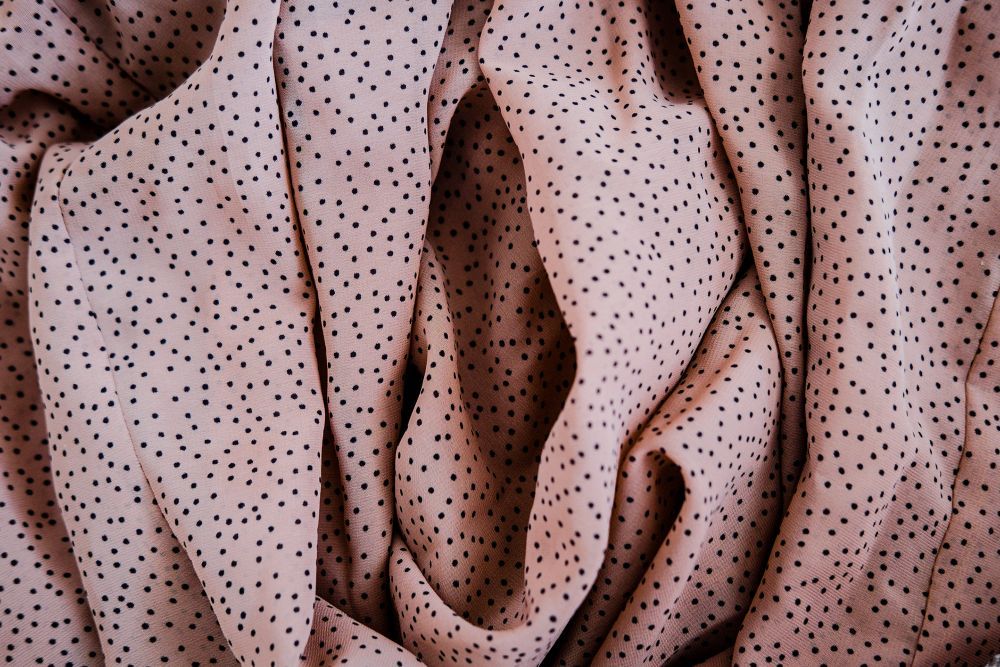Understanding Innie and Outie Vulvas: "Innie" vulvas have a more inward appearance, with the labia hidden or tucked in, while "outie" vulvas have more visible outer labia that protrude slightly. Both are natural variations, and neither is "better" or "worse" than the other.
Diversity in Appearance: Just like other parts of the body, vulvas come in various shapes, sizes, and colors. Factors like genetics, hormones, and age can all influence the appearance of the vulva, making each one unique.
Normalizing Vulva Diversity: It's essential to normalize the different shapes of vulvas to promote body positivity and self-acceptance. No matter the appearance, all vulvas are beautiful, and they each serve an important function in sexual health and reproduction.
What Does “Innie” or “Outie” Refer To?
- Innie Vulva : When we say “innie” vulva, we're talking about a situation where the outer labia are longer than the inner labia. It's kind of like the outer lips of the vulva cover up the inner ones, giving it a more “closed - in” appearance. You can think of it as a bit like a protective shield, with the outer labia keeping the more delicate inner parts nice and safe.
- Outie Vulva : On the other hand, an “outie” vulva is when the inner labia are longer than the outer labia. The inner labia might protrude or stick out a bit more, giving a different look. It's like they're saying, “Hey, here we are!” and adding a bit more visibility to the inner workings of the vulva.

Different Types of Vulvas
- Asymmetrical Labia : You know what? Not all vulvas are perfectly symmetrical, and that's completely normal! Asymmetrical labia means that one side of the labia might be a bit different in size or shape than the other. It's like having two unique little pieces that come together to make a beautiful whole. Sometimes, one side might be a bit longer or a different color, but it's all part of the wonderful diversity of the female body.
- Small Inner Labia : Some vulvas have relatively small inner labia. They might be tucked away nicely and not as prominent. But just because they're small doesn't mean they're any less important! They still play their role in keeping everything in good working order and can be just as sensitive and responsive as larger ones.
- Protruding Inner Labia : This is when the inner labia really stick out. They might be more visible even when the outer labia are in a relaxed position. It's like they have a mind of their own and want to be noticed. And you know what? That's great too! It's just another variation that shows how unique each vulva is.
- Variations in Clitoris Size : The clitoris also comes in different sizes. Some might be a bit more prominent, while others might be a bit smaller. But size doesn't matter when it comes to pleasure! The clitoris is an amazing little organ, no matter its size, and is super important for sexual arousal and enjoyment.
- Color Variations : Vulvas can come in all sorts of colors too. Some might be a pale pink, while others could be a darker shade, maybe even a bit purple - ish. It's like nature's way of painting each one uniquely, and there's no right or wrong color. It's all about embracing the beauty of our individual differences.

Why Do We Need Terms Like “Innie” or “Outie”?
- These terms actually help us talk about and understand the different variations of vulvas. It's like having a little vocabulary to describe the amazing diversity of the female body. By using these terms, we can have more open and honest conversations about our bodies, whether it's with our doctors, our partners, or even just with ourselves. It helps us realize that there's no one “right” way for a vulva to look, and that all these differences are normal and beautiful. So, the next time you hear someone mention “innie” or “outie” vulvas, you'll know exactly what they're talking about and can appreciate the wonderful world of vulvar variations a little bit more. After all, our bodies are pretty amazing, and understanding them better just makes us appreciate ourselves and each other even more!
1. What’s the difference between an "innie" and an "outie" vulva?
The main difference lies in the appearance of the labia. An "innie" vulva has labia that are tucked or hidden within the folds of skin, while an "outie" vulva has labia that are more visible or protruding. Both are normal variations and part of the natural diversity of vulvas.
2. Is one type of vulva considered more "normal" than the other?
No, both "innie" and "outie" vulvas are completely normal. Every vulva is unique, and its shape or size doesn’t determine its function or beauty. What’s most important is that it’s healthy and feels comfortable to the individual.
3. Can the appearance of a vulva change over time?
Yes, the appearance of a vulva can change with age, hormonal shifts (such as puberty or menopause), and after childbirth. The size or shape of the labia may also vary due to genetics, weight changes, or sexual activity, but these changes are completely natural.




